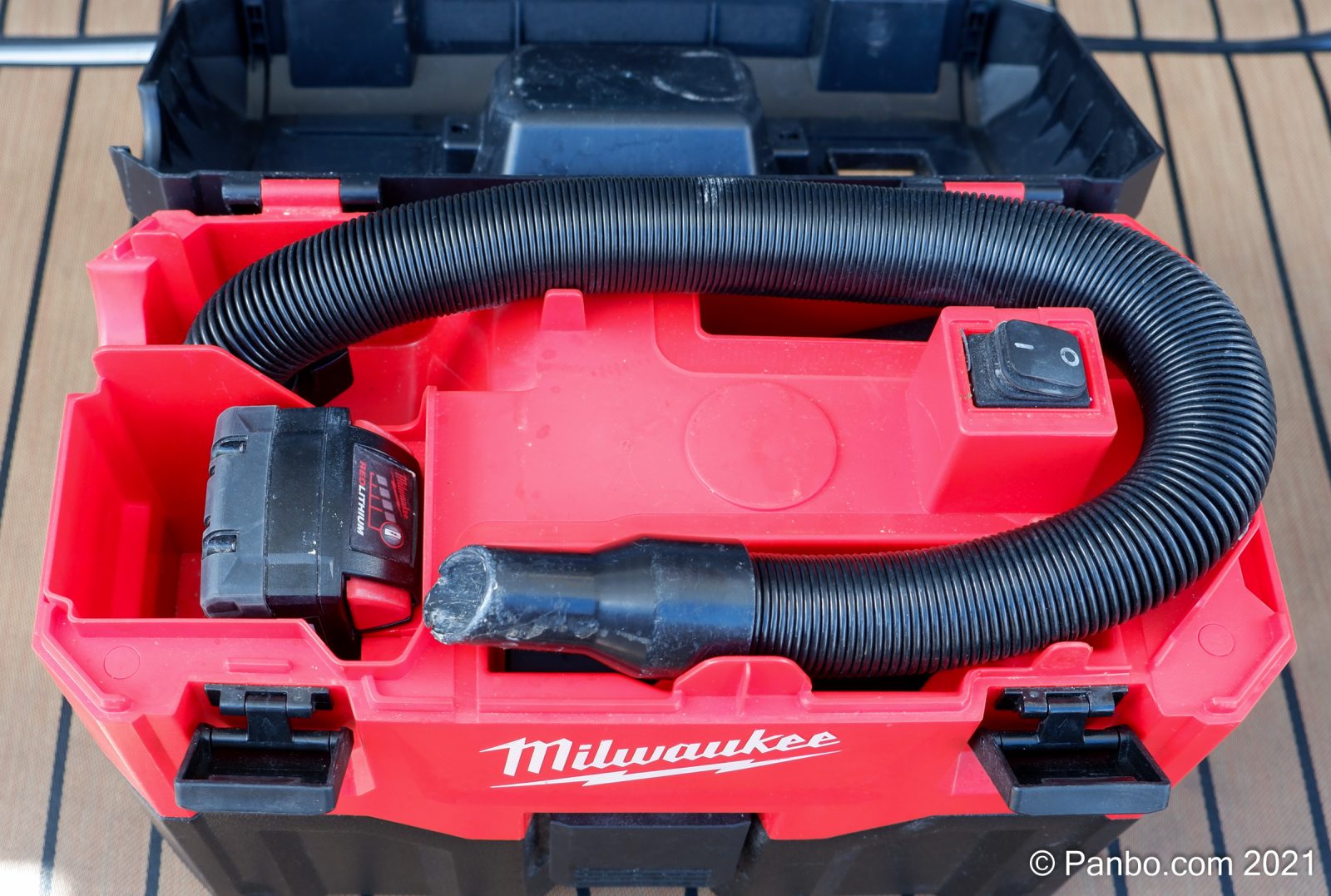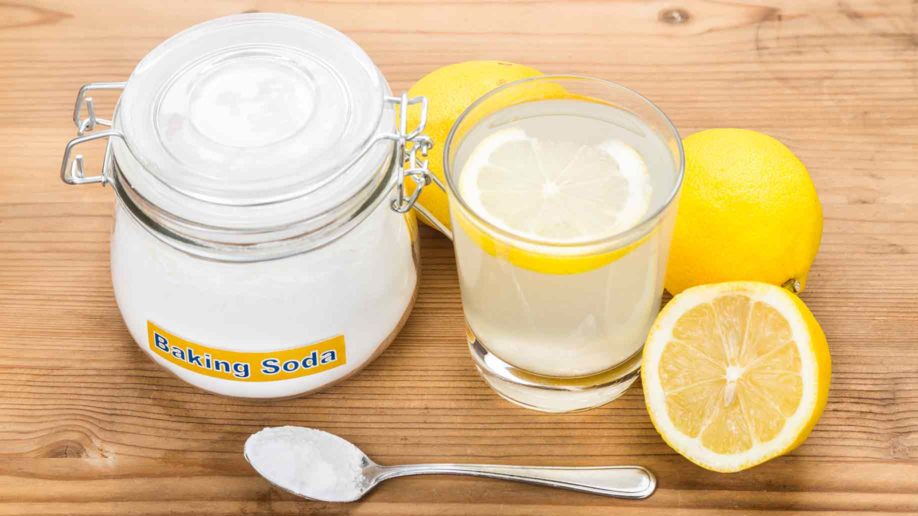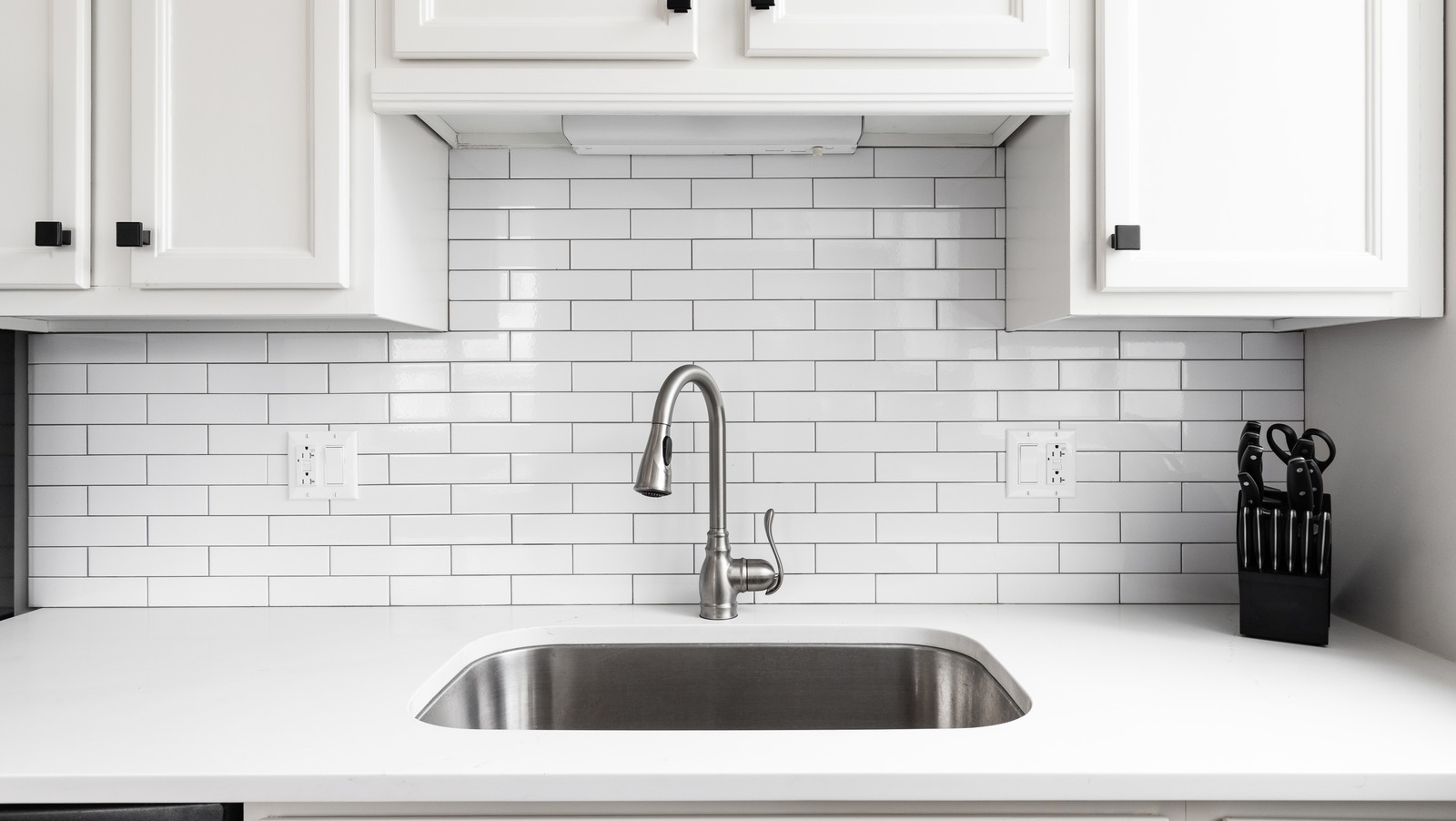Plungers are a tried and true method for unclogging kitchen sink drains. They create suction and pressure that can help dislodge any debris or buildup in the pipes. To use a plunger, place it directly over the drain and push down firmly, then pull up quickly to create suction. Repeat this motion several times until the clog is cleared.1. Use a plunger to clear any clogs in the drain.
If you notice that water is draining slowly in your kitchen sink, try pouring a pot of boiling water down the drain. The hot water can help loosen any greasy or oily buildup that may be causing the clog. Be careful not to use boiling water on PVC pipes, as it can cause damage.2. Pour boiling water down the drain to help loosen any buildup.
Baking soda and vinegar are a powerful combination when it comes to cleaning drains. The chemical reaction between the two can help break down any buildup and clear clogs. Simply mix equal parts baking soda and vinegar and pour it down the drain. Follow it up with hot water to flush out the debris.3. Mix equal parts baking soda and vinegar and pour it down the drain, followed by hot water.
A drain snake is a long, flexible tool with a hook on the end that can be inserted into the drain to remove any clogs. It is especially useful for clearing out hair or solid objects that may be stuck in the pipes. Insert the drain snake into the drain and turn it to help grab onto and pull out any debris.4. Use a drain snake to remove any debris or hair from the drain.
If you're dealing with a stubborn clog, try using a mixture of salt, baking soda, and cream of tartar. Salt is a natural degreaser, while baking soda and cream of tartar can help break down any buildup. Mix equal parts of the three and pour it down the drain, followed by boiling water to help clear the clog.5. Create a mixture of salt, baking soda, and cream of tartar and pour it down the drain, followed by boiling water.
While a regular plunger can be effective, using a sink plunger can create a tighter seal and be more effective at clearing clogs. These plungers have a smaller suction cup and can fit over the drain more securely. Use the same plunging technique as with a regular plunger to clear the clog.6. Use a plunger specifically designed for sinks to create a tighter seal.
Dish soap is an effective degreaser and can help break down any grease or oil buildup in the drain. Mix a few tablespoons of dish soap with hot water and pour it down the drain. Let it sit for a few minutes before flushing it out with hot water.7. Use a mixture of dish soap and hot water to break down any grease or oil buildup in the drain.
A wet/dry vacuum can be a helpful tool for clearing stubborn clogs in kitchen sink drains. Set the vacuum to the wet setting and place the hose directly over the drain to create a seal. Turn it on and let it run for a few minutes to help suck out any debris or buildup in the pipes.8. Use a wet/dry vacuum to suck out any clogs in the drain.
Similar to the mixture of baking soda and vinegar, a combination of baking soda and lemon juice can also create a foaming reaction that can help clear clogs. The citric acid in lemon juice can help break down any buildup in the pipes. Mix equal parts baking soda and lemon juice and pour it down the drain, followed by hot water.9. Use a combination of baking soda and lemon juice to create a foaming reaction that can help clear the drain.
If all else fails, you can also try using a commercial drain cleaner to clear clogs in your kitchen sink. However, it's important to follow the instructions carefully and use caution, as these cleaners can be harsh and may cause damage to your pipes if not used properly. Keeping your kitchen sink drain clean and clear is important for proper drainage and to avoid any unpleasant odors or potential plumbing issues. Try these tips to clean your drain and keep it running smoothly.10. Consider using a commercial drain cleaner, but be sure to follow the instructions carefully and use caution.
Maintaining a Clean and Functional Kitchen Sink: Tips for Keeping Your Drain Clear
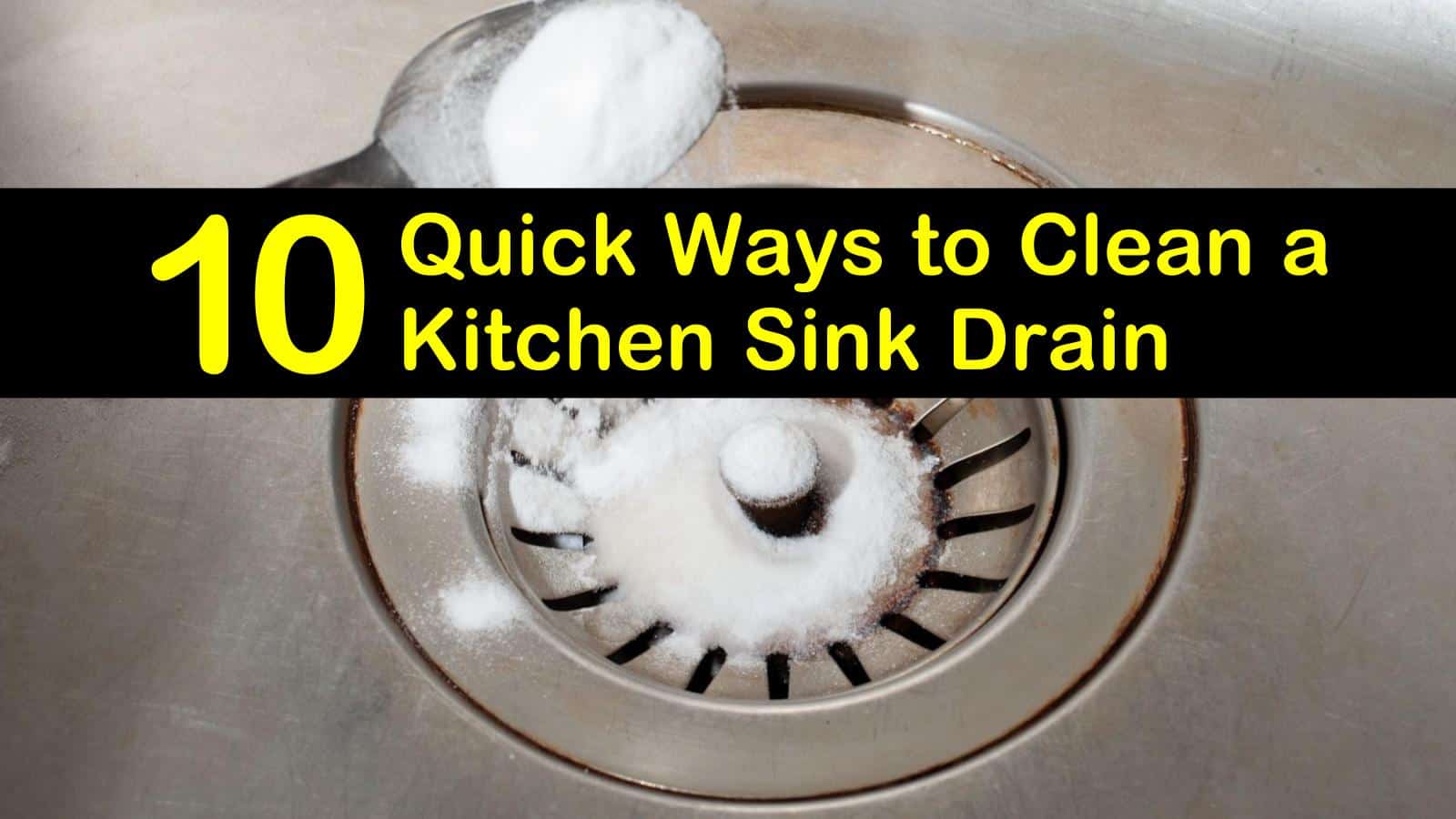
Why a Clean Drain is Essential for Your Kitchen Sink
 Having a clean and functional kitchen sink is crucial for any household. It is where we wash our dishes, prepare food, and even dispose of waste. However, over time, our sinks can become clogged and dirty, making it difficult to use and even causing unpleasant odors. The main culprit? A clogged drain. A clogged drain not only affects the functionality of your sink but can also lead to bigger plumbing issues if left untreated. Therefore, it is essential to regularly clean and maintain your kitchen sink drain to prevent any problems from arising.
Having a clean and functional kitchen sink is crucial for any household. It is where we wash our dishes, prepare food, and even dispose of waste. However, over time, our sinks can become clogged and dirty, making it difficult to use and even causing unpleasant odors. The main culprit? A clogged drain. A clogged drain not only affects the functionality of your sink but can also lead to bigger plumbing issues if left untreated. Therefore, it is essential to regularly clean and maintain your kitchen sink drain to prevent any problems from arising.
The Importance of Regular Cleaning
:max_bytes(150000):strip_icc()/freshen-and-unclog-drain-with-baking-soda-1900466-22-bbf940b70afa4d5abef0c54da23b1d3f.jpg) Cleaning
your kitchen sink drain should be a regular part of your household cleaning routine. This not only keeps your sink looking clean and fresh, but it also prevents any buildup of debris and grime that can cause clogs. The longer you go without cleaning your drain, the more difficult it will be to remove any obstructions. Additionally, regular cleaning can prevent any unpleasant odors from emanating from your sink, making your kitchen a more pleasant space to be in.
Cleaning
your kitchen sink drain should be a regular part of your household cleaning routine. This not only keeps your sink looking clean and fresh, but it also prevents any buildup of debris and grime that can cause clogs. The longer you go without cleaning your drain, the more difficult it will be to remove any obstructions. Additionally, regular cleaning can prevent any unpleasant odors from emanating from your sink, making your kitchen a more pleasant space to be in.
Simple Tips for Cleaning Your Kitchen Sink Drain
 There are several
simple
and
effective
ways to keep your kitchen sink drain clean and clear. One of the most
basic
and
easy
methods is to pour boiling water down the drain. This helps to melt and dissolve any grease or residue that may be lining the pipes. Another
natural
and
eco-friendly
solution is to pour a mixture of baking soda and vinegar down the drain. The chemical reaction between the two ingredients can help break down any buildup and eliminate any odors.
For more stubborn clogs, using a plunger or a plumbing snake can be effective in dislodging any blockages. However, it is important to use these tools carefully to avoid damaging your pipes. If you are unsure or uncomfortable with using these tools, it is best to seek the help of a professional plumber.
There are several
simple
and
effective
ways to keep your kitchen sink drain clean and clear. One of the most
basic
and
easy
methods is to pour boiling water down the drain. This helps to melt and dissolve any grease or residue that may be lining the pipes. Another
natural
and
eco-friendly
solution is to pour a mixture of baking soda and vinegar down the drain. The chemical reaction between the two ingredients can help break down any buildup and eliminate any odors.
For more stubborn clogs, using a plunger or a plumbing snake can be effective in dislodging any blockages. However, it is important to use these tools carefully to avoid damaging your pipes. If you are unsure or uncomfortable with using these tools, it is best to seek the help of a professional plumber.
Preventative Measures to Keep Your Drain Clear
 Apart from regular cleaning, there are also preventative measures you can take to keep your kitchen sink drain clear. One of the most important things is to avoid pouring any grease or oil down the drain. These substances can solidify and cause clogs in your pipes. Additionally, using a drain catcher can help prevent food scraps, hair, and other debris from going down the drain.
In conclusion, a clean and clear kitchen sink drain is crucial for a functional and hygienic kitchen. By incorporating regular cleaning and preventative measures, you can ensure that your kitchen sink remains in top condition. Remember to also seek professional help if you encounter any persistent clogs or plumbing issues. With these tips, you can keep your kitchen sink drain clean and your kitchen a pleasant and inviting space for all your culinary adventures.
Apart from regular cleaning, there are also preventative measures you can take to keep your kitchen sink drain clear. One of the most important things is to avoid pouring any grease or oil down the drain. These substances can solidify and cause clogs in your pipes. Additionally, using a drain catcher can help prevent food scraps, hair, and other debris from going down the drain.
In conclusion, a clean and clear kitchen sink drain is crucial for a functional and hygienic kitchen. By incorporating regular cleaning and preventative measures, you can ensure that your kitchen sink remains in top condition. Remember to also seek professional help if you encounter any persistent clogs or plumbing issues. With these tips, you can keep your kitchen sink drain clean and your kitchen a pleasant and inviting space for all your culinary adventures.



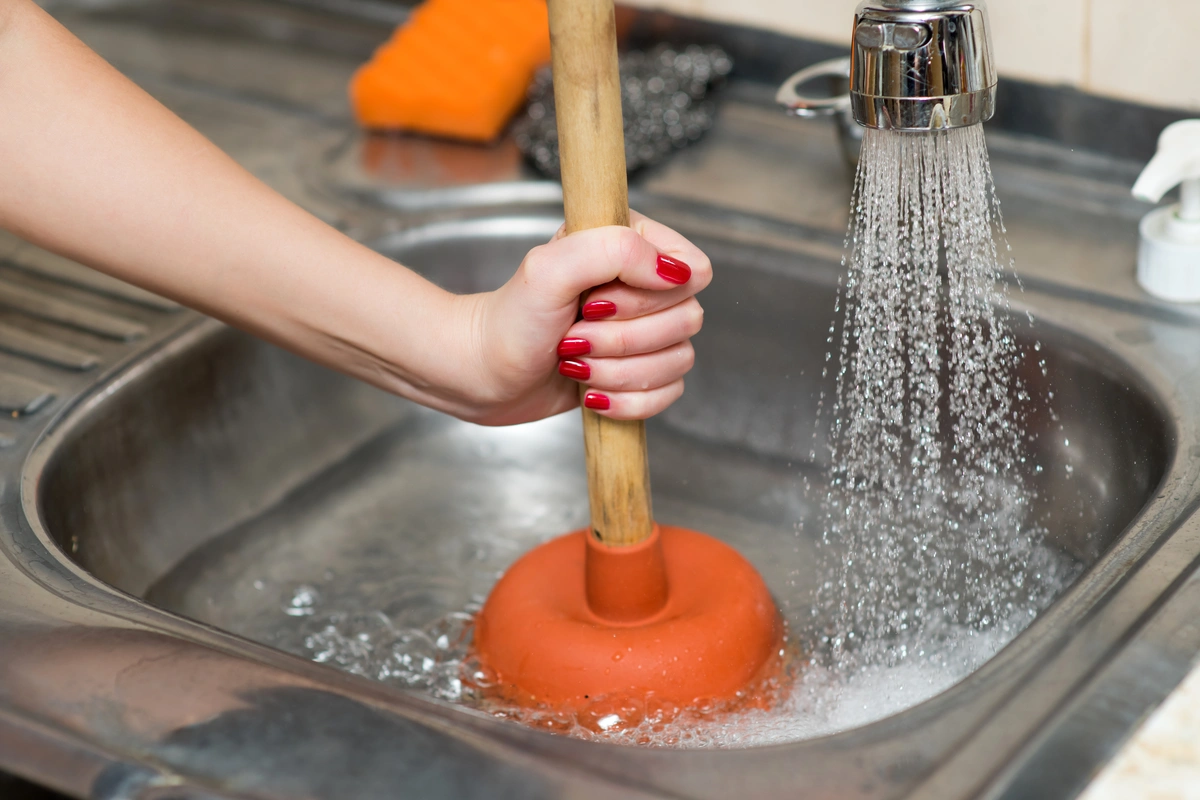



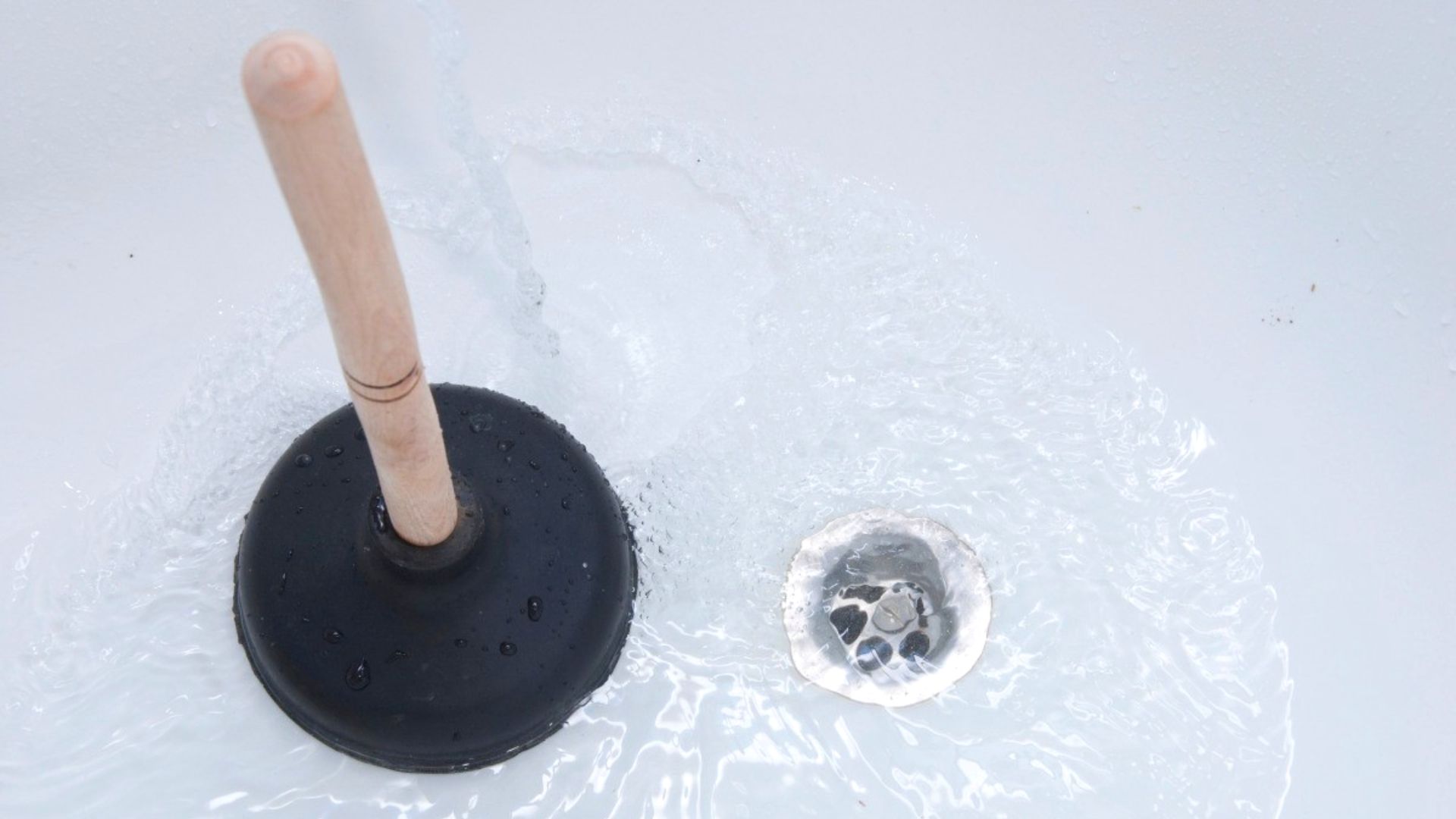

:max_bytes(150000):strip_icc()/toilette-plunger--92314164-873564a34a3441058f00a8d6fc1f0441.jpg)





.jpg?time=1689761045394)


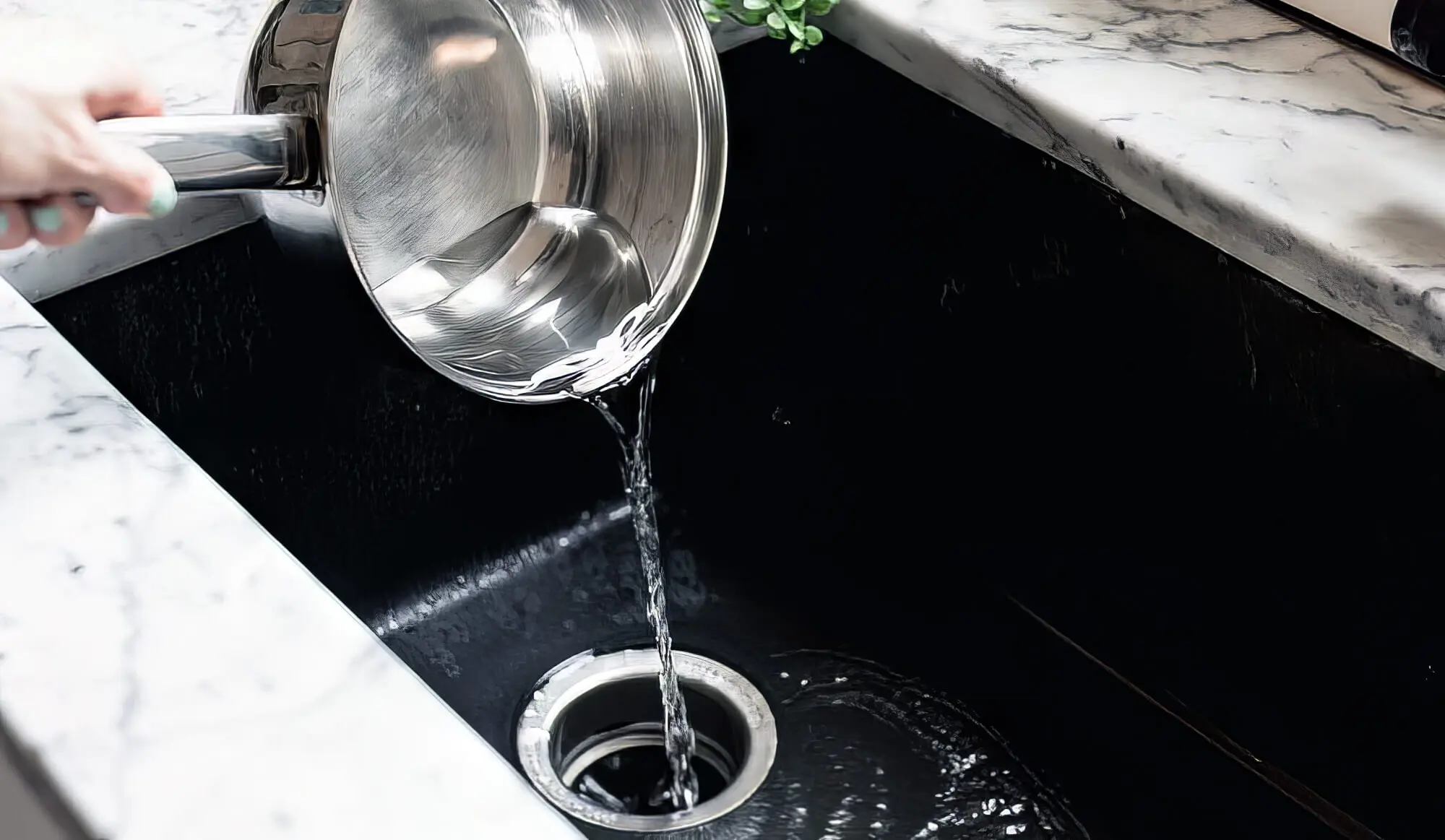

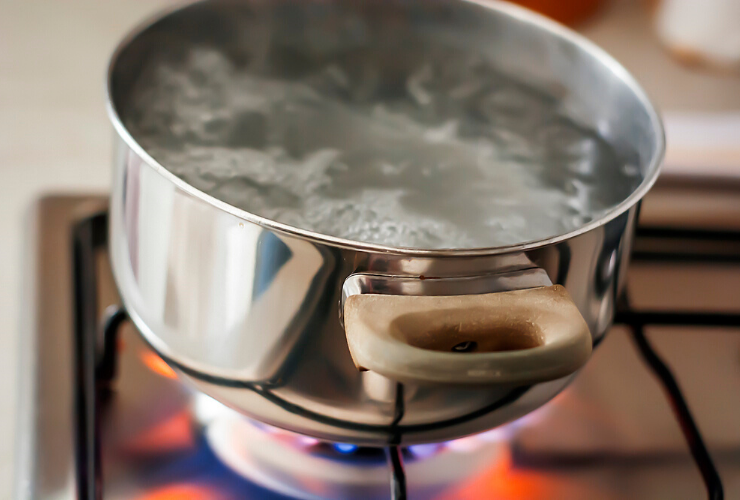

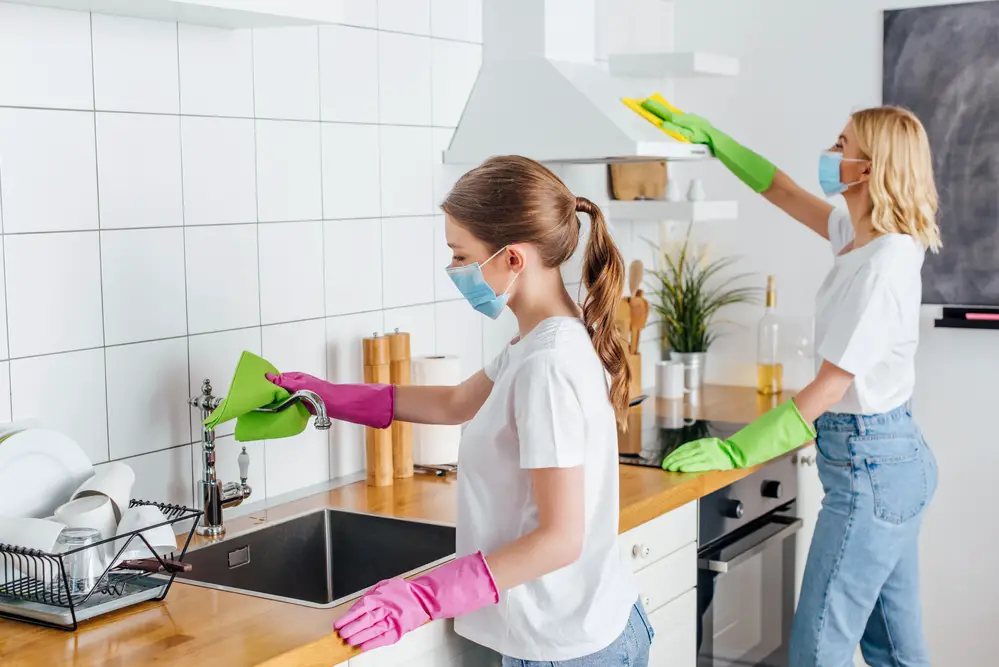

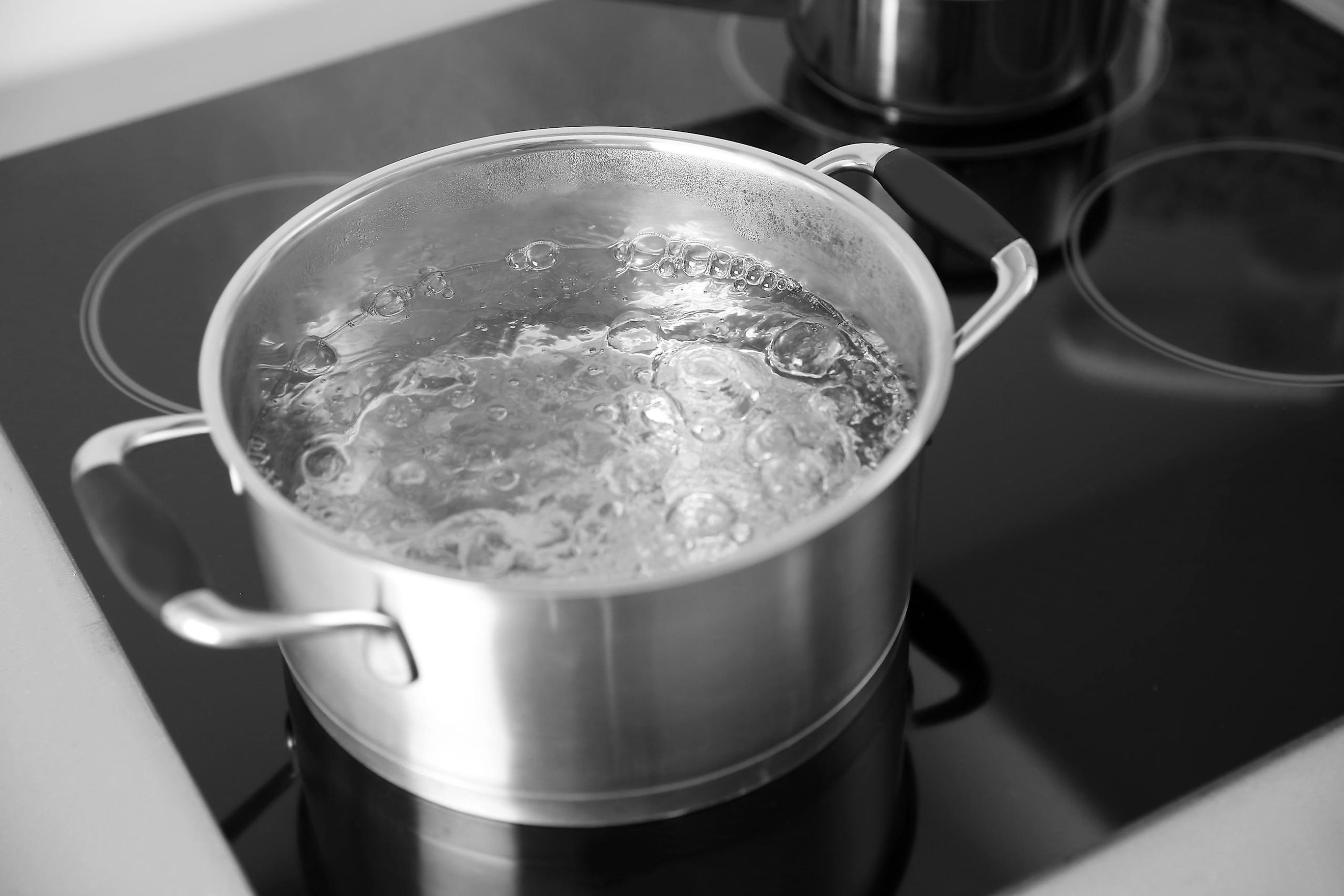






:max_bytes(150000):strip_icc()/freshen-and-unclog-drain-with-baking-soda-1900466-22-bbf940b70afa4d5abef0c54da23b1d3f.jpg)

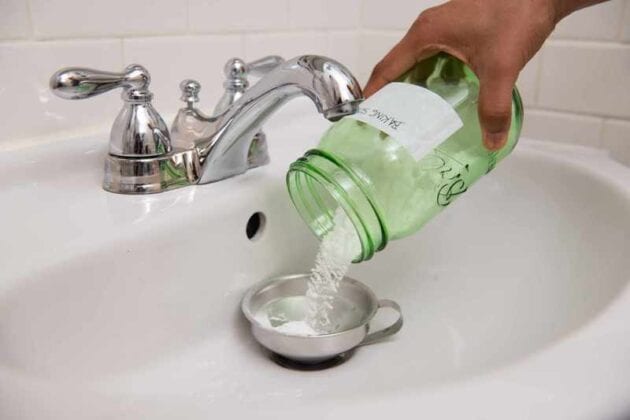























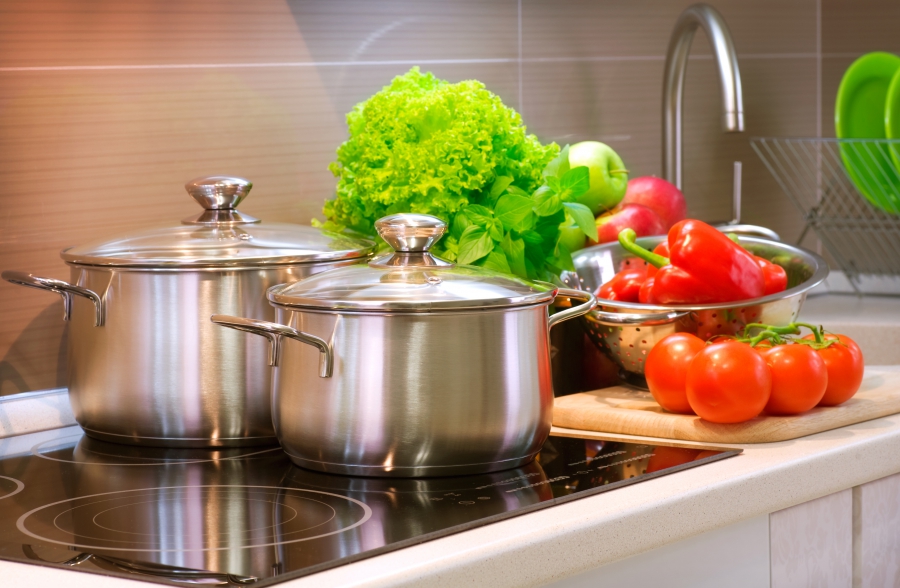













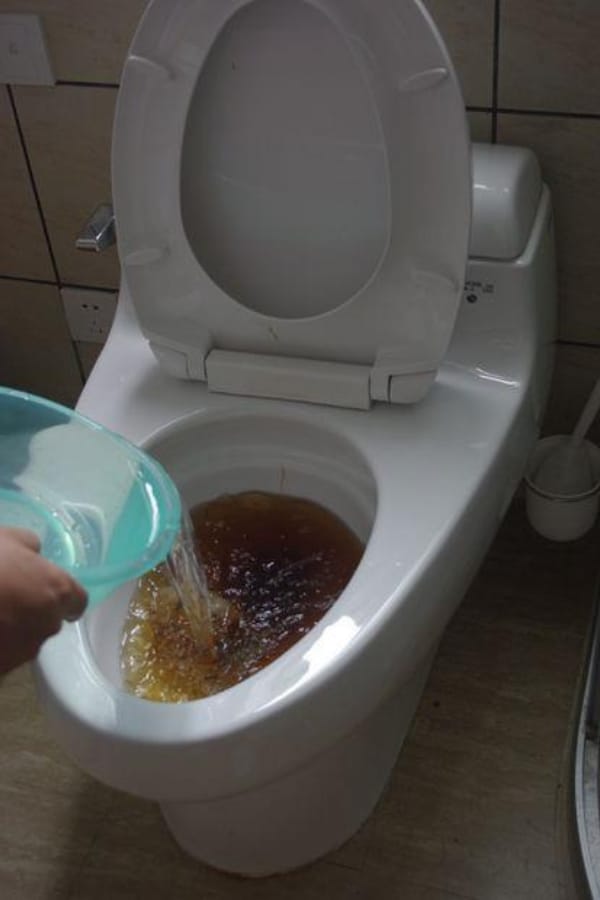


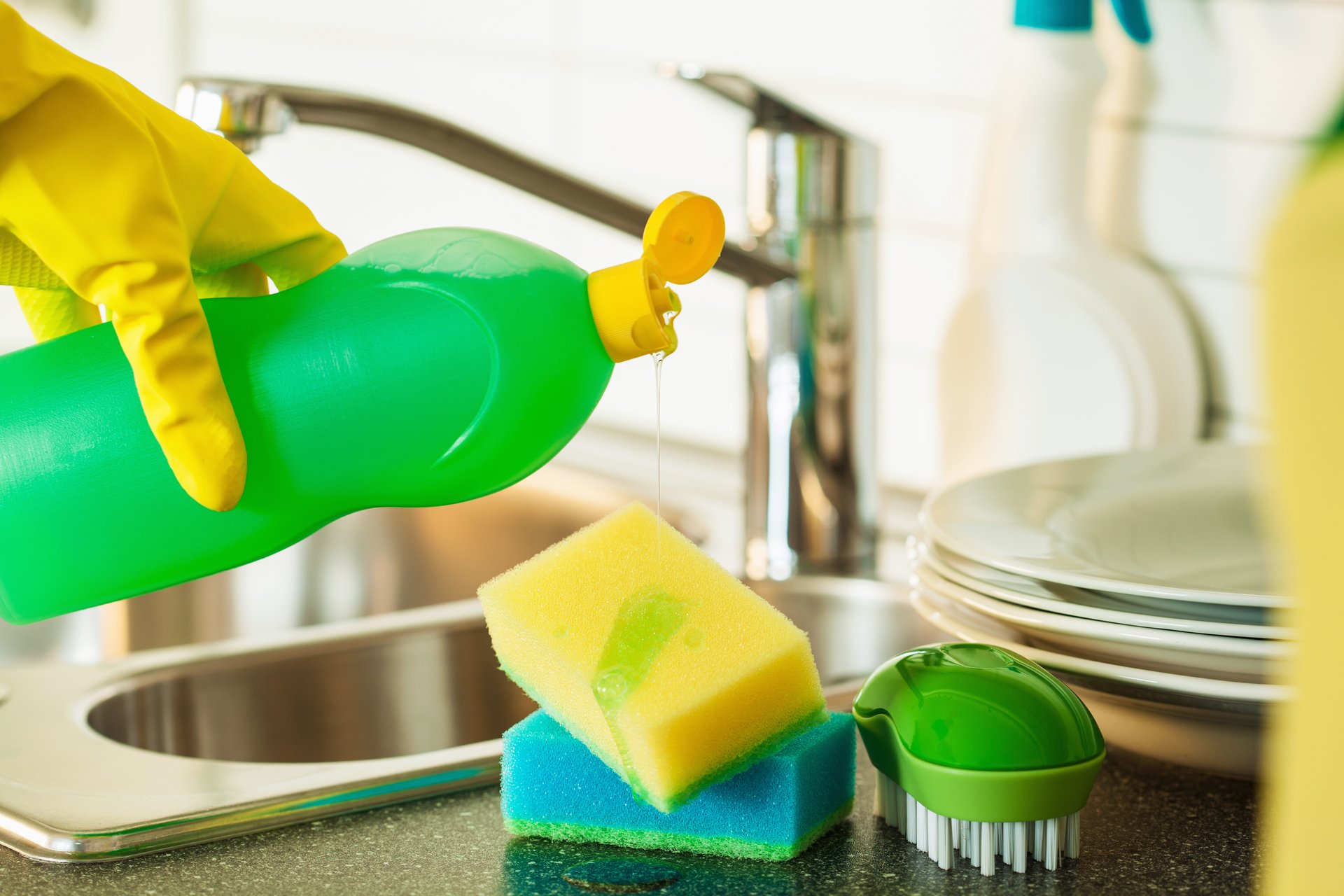






.JPG?format=1500w)

